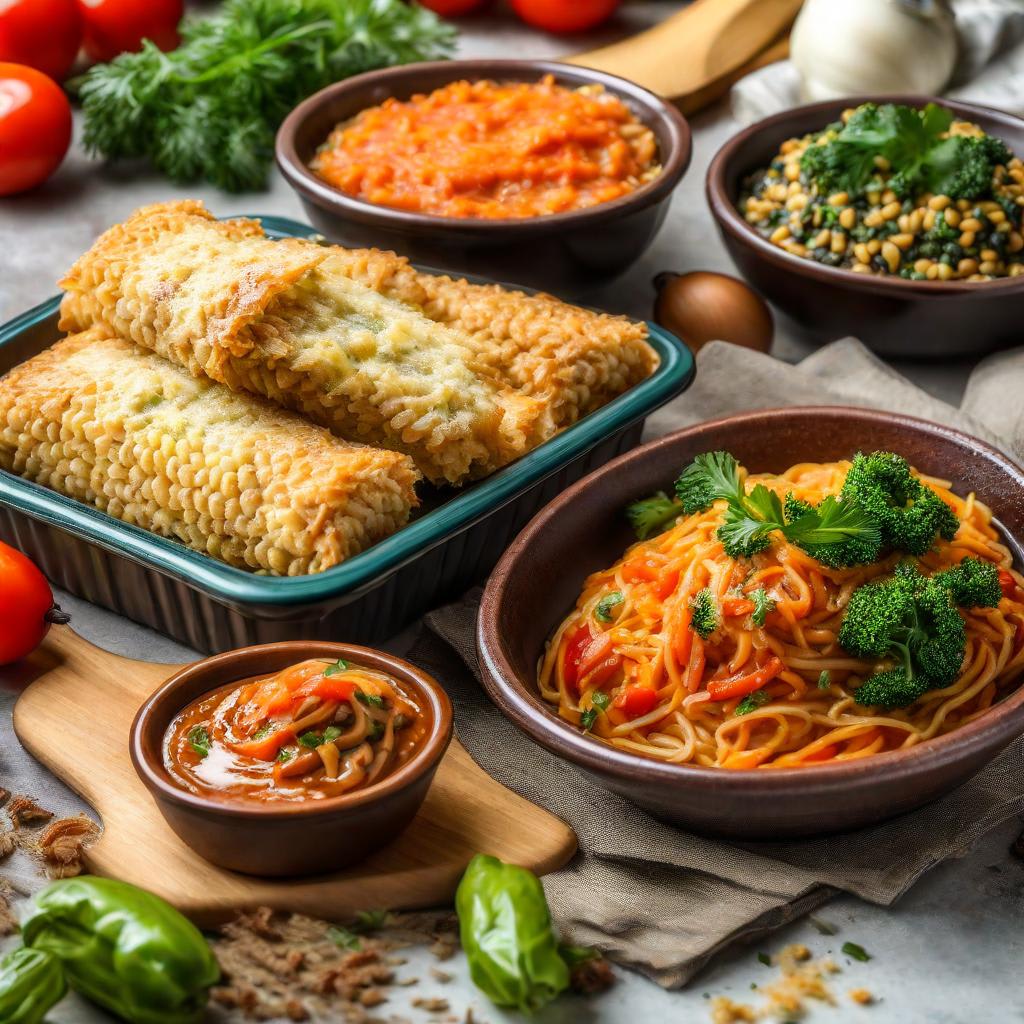Content warning
This story may contain sensitive material or discuss topics that some readers may find distressing. Reader discretion is advised. The views and opinions expressed in this story are those of the author and do not necessarily reflect the official policy or position of Vocal.
Millets are an ancient cereal group that has been cultivated for thousands of years in various parts of the world
Millets are an ancient cereal group that has been cultivated for thousands of years in various parts of the world

Millets are an ancient cereal group that has been cultivated for thousands of years in various parts of the world. In recent years, it has been touted as a healthy alternative to wheat and rice. Millets are gluten-free, nutrient dense, and have a low glycemic index. That means they release sugar into the bloodstream more slowly, keeping you feeling fuller for longer. In this article, various types of millet including foxtail, pearl, kodo, little, and barnyard millet are discussed.
Millet is a type of grass with small seeds grown as a cereal crop. It is a staple food in many countries including India, Africa and China. Millet grows in different colors like white, yellow, red and gray. It has a mild flavor and a slightly chewy aftertaste. Millet is a gluten-free grain suitable for people with celiac disease or gluten intolerance.
1. Foxtail millet
Foxtail millet is one of the oldest millets in the world. It is widely used in India, China and other parts of Asia. Foxtail millet is gluten-free, rich in fiber, and has a low glycemic index. It is an excellent source of essential minerals such as iron, magnesium and phosphorus and is also rich in vitamins such as vitamin B6 and niacin.
2. Pearl millet
Pearl millet is widely cultivated in Africa and the Indian subcontinent. It is a rich source of protein, fiber, essential minerals like iron, magnesium and phosphorus. Pearl millet is also a good source of B vitamins such as thiamin, riboflavin and niacin. It has a low glycemic index, making it an ideal food for diabetics.
3. Kodo Millet
Kodo millet is a popular millet variety in India, Nepal and other parts of South Asia. It is a rich source of protein, fiber, essential minerals like iron, calcium and magnesium. Kodo millet is also a good source of B vitamins such as thiamine and riboflavin, which are important for maintaining healthy metabolism and nerve function.
4. Little Millet
Little millet is a small grain grown in India, China and other parts of Asia. It is an excellent source of protein, fiber, and essential minerals like iron, calcium, and magnesium. Little millet is also rich in B vitamins such as thiamin, riboflavin, and niacin, which are important for maintaining a healthy metabolism and energy level.
5. Bernard Millet
Barnyard millet is a type of millet commonly grown in India and other parts of South Asia. Rich in protein, fiber and essential minerals like iron, calcium and magnesium. Barnard millet is also a good source of B vitamins such as thiamin and riboflavin, which play a crucial role in maintaining a healthy metabolism and energy level.
Millet offers many health benefits due to its rich nutritional profile. Millet is an excellent source of fiber. It can help lower cholesterol levels and reduce the risk of heart disease. Millets are rich in magnesium, which is essential for bone health and can help prevent osteoporosis. Millet also contains antioxidants that help protect against cancer and other diseases.
Both millet and rice are nutritious grains that provide many health benefits. However, millet has a higher nutritional value than rice. Millet is an excellent source of protein, fiber, and essential minerals like iron, magnesium, and potassium. It is also gluten-free, making it a great alternative for people with gluten intolerance.
Millet is safe for most people, including children and pregnant women. However, some people may be allergic or intolerant to millet. If you have any concerns, consult your doctor or registered dietitian.
About the Creator
Enjoyed the story? Support the Creator.
Subscribe for free to receive all their stories in your feed. You could also pledge your support or give them a one-off tip, letting them know you appreciate their work.





Comments
There are no comments for this story
Be the first to respond and start the conversation.